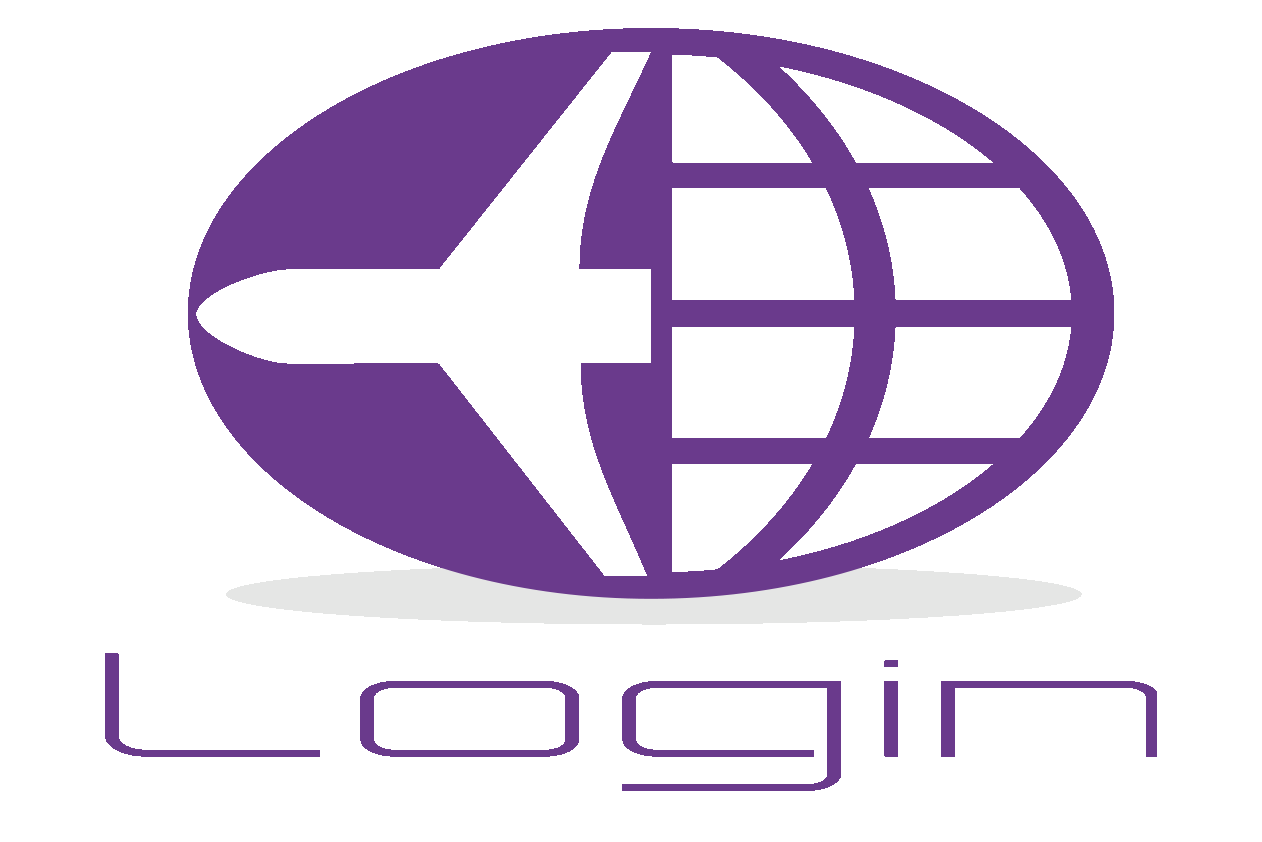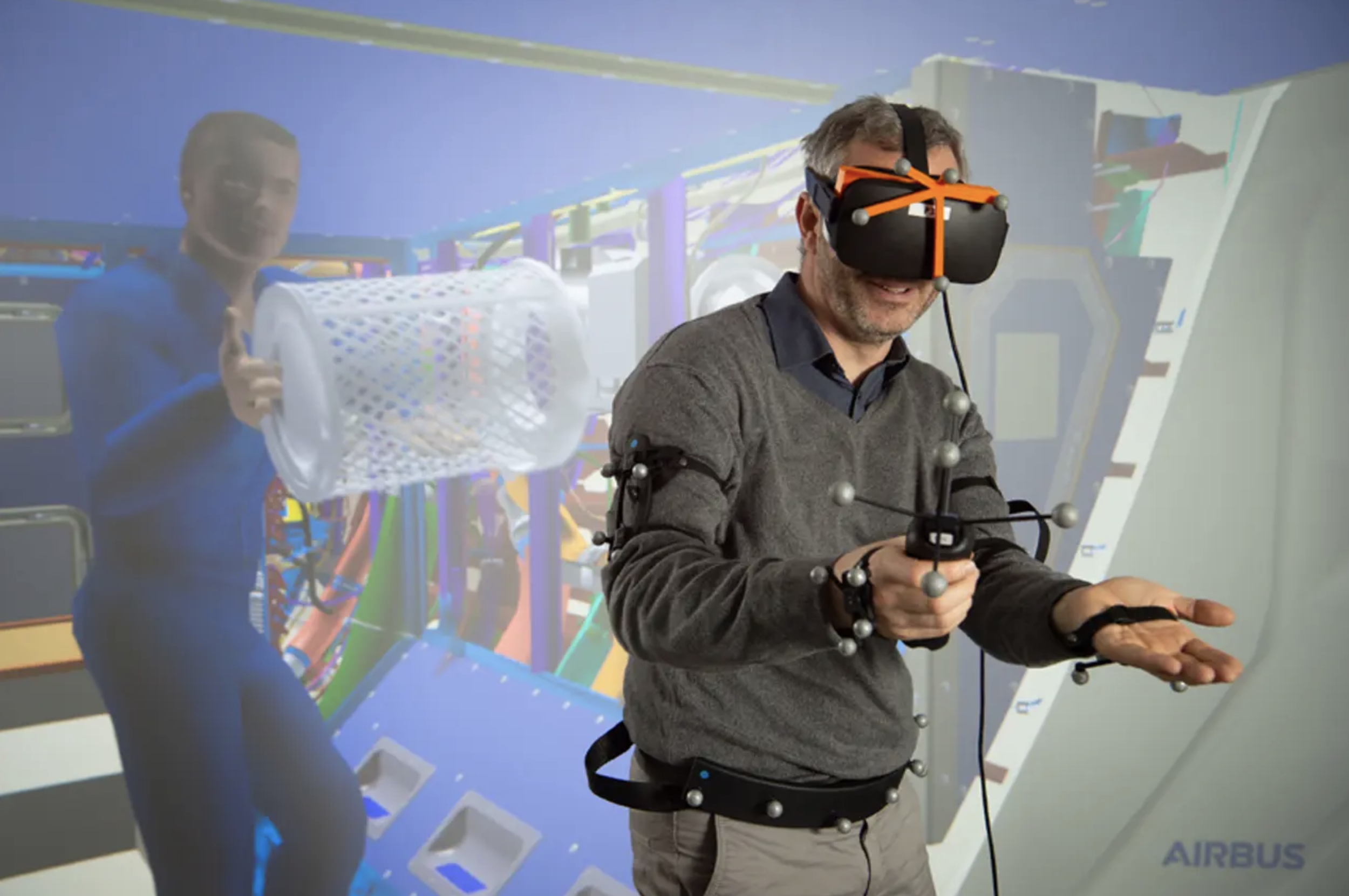Virtual Reality Meets Aviation
Virtual Reality has become a great asset for aviation companies to provide better, safer, and user-friendly training in a more accurate way to real life. With VR, Emergency protocols and disaster preparedness become more practical, cost-effective, and safe in an immersive simulation.
As we know, virtual reality is the digital simulation of lifelike scenarios using a 360 active environment, experiencing sights and sounds that dissolve the barrier between virtual and actual reality. It comes down to having a Head-Mounted Display (HMD) that you can look at through two featuring lenses, the headset is equipped with sensors that make it easier for it to determine the user's head's position. With VR, ALL functionalities for visual handles, buttons, lighting, and anything else take place INSIDE the headset; along with handle accessories that are fully integrated and dedicated by particular software.
VR Main Uses in Aviation
Aircraft inspection training
Virtual Reality enables training on various conditions of aircraft inspection. The headset puts teams on a visual airside allowing them to interact with virtual replicas of aircraft and conduct a visual inspection.
Flight Deck Training
Pilots can familiarize themselves with the cockpit controls and different phases of flight; also train for emergency procedures, enhanced for safer and cost-effective in an immersive simulation.
Cabin Crew Training
By substituting classroom training with VR training, cabin crew can learn and become comfortable with how to handle difficult real-life situations by being able to make mistakes and which leads them to better on-site job/task performance
Aircraft maintenance training
Training simulators allow mechanics to learn and inspect parts of an aircraft in a completely immersive environment without leaving their desks. Airbus mechanics are using VR Technology via VR headsets, touchpads, and infrared cameras to inspect and repair their aircraft.
What is even more exciting is that some of these technologies are already implemented in real-life aviation training by some of the most known big commercial airlines such as Qatar Airways, Lufthansa, Air France, and Japan Airlineswho are using VR training for multiple applications including maintenance teams, training cabin crews, and ground handlers as well as inflight entertainment purposes.
Business aviation companies are also implementing VR Technology for the interior design process and maintenance training by using reality tools that are available to new and current aircraft owners.
Gulfstream Aerospace announced and displayed the virtual immersive experience back in 2017 at the NBAA Business Aviation Convention showing the G500 Symmetry Flight DeckTM with the company’s exclusive active control sidesticks. Moving into the cabin, the immersive reality experience gives participants the ability to visualize the floor plan configuration options and innumerable design possibilities exceeding the customer’s expectations.
Dassault Aviation has partnered with Varjo, a Finnish manufacturer for VR/XR headsets, to increase their pilot training capabilities with more immersive simulations allowing them to smoothly interact with physical controllers in addition to digital objects. Pilots can experience and train in virtual environments with human-eye resolution
Business Aviation Rolls-Royce, the lead engine supplier for business aircraft for more than two decades began using Virtual Reality Technology for corporate operator training back in March 2020, then launched an instructor-led distance VR learning course, providing a comprehensive overview of the construction, design, and operation of the Rolls-Royce BR725 engine that powers Gulfstream’s G650 business aircraft family. After the completion of the two-day training course, participants will be able to service the engine and undertake non-routine maintenance.
Augmented Reality (AR)
Augmented Reality or AR is also a technology gaining momentum due to its versatility in real-time that uses the information in the form of text, graphics, audio, and other virtual enhancements merged with real-world objects. Technological innovations impact most industries, and aviation is no exception. Crew members consider a lot of information before making the simplest of decisions and small errors have a way of snowballing out of control, this is where Augmented Reality (AR) steps in, with AR applications, timely relevant information can be presented to the pilot, mechanics, CRM personnel when is needed in an intuitive format, so they can focus on the task at hand. Today’s AR systems advanced quickly and visualize terrain, navigation, air traffic, instrument, weather, and airspace information in a 360-degree, 3D overlay that is easy to understand.







